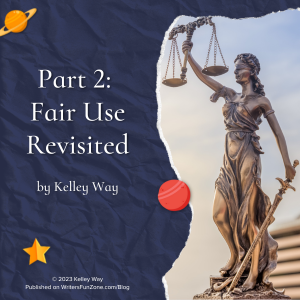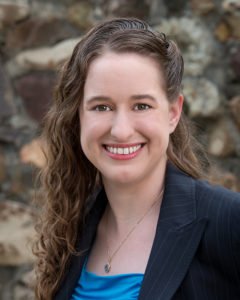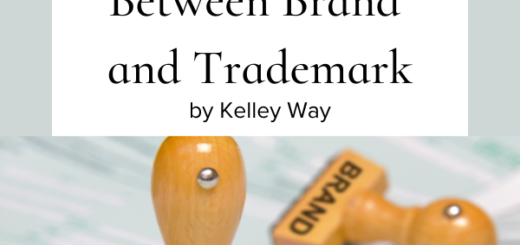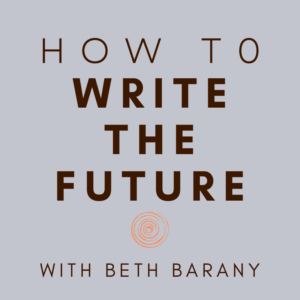Part 2: Fair Use Revisited by Kelley Way
 Let’s welcome back monthly columnist Kelley Way as she shares with us “Part 2: Fair Use Revisited.” Enjoy!
Let’s welcome back monthly columnist Kelley Way as she shares with us “Part 2: Fair Use Revisited.” Enjoy!
***
Last month I told you about the Andy Warhol Foundation for the Visual Arts v. Lynn Goldsmith, the Supreme Court case that is said to be a game changer for fair use.
I’ll end the suspense this month and tell you what happened at the Supreme Court in my exciting conclusion, Part 2: Fair Use Revisited.
“Transformative Work” and Fair Use
As I said last month, the fair use test consists of four factors, but courts have been weighing the first factor more and more heavily.
Specifically, many cases have been decided based almost exclusively on whether the use is “transformative.”
The Supreme Court put the brakes on this trend in this case.
While “transformative-ness” is relevant, it is not the deciding factor in the fair use test or even in the first factor of the fair use test.
It is one element to be considered among several others.
In addition, making some changes to the original is not enough to make something “transformative” — it has to fundamentally change the purpose of the work to apply.
So to go back to Google v. Author’s Guild, Google’s use still qualifies as “transformative,” because the purpose of Google’s use (creating an online searchable database) is fundamentally different from the purposes of the original authors (offering a book for sale for educational or entertainment purposes).
But here, Andy Warhol’s artistic changes to Lynn Goldsmith’s photograph do not change its purpose as a cover photo for a magazine devoted to Prince.
Since the purpose of this use is the same as the purpose for the original photograph, it is not transformative.
Combined with this being a commercial use, the Andy Warhol Foundation fails the first factor of the test and loses the case (the parties had already agreed that Ms. Goldsmith would win for the other three factors).
So what does this mean for fair use going forward?
The most obvious answer is that people who are drawing from preexisting content cannot rely on their use being “transformative.”
The Supreme Court has significantly raised the bar on what qualifies as “transformative,” and they have further declared that “transformative-ness” cannot be the deciding factor in infringement cases.
People using pre-existing content must carefully analyze all four factors before they can feel reasonably confident about their use qualifying as fair use.
Critics of the decision are concerned that this will inhibit people from using pre-existing content, and the creative world will suffer for it.
I personally feel that creatives will find a way to adapt, but only time will tell.
Fair Use and AI
I read another article recently that pointed out that this could also spell trouble for AI companies.
As I pointed out in my previous article on AI, AI needs a large database in order to work, and that database almost necessarily includes copyrighted content.
AI companies have largely been relying on their use being “transformative” — if that is no longer a deciding factor, this could generally spell trouble for the AI industry.
On the other hand, they have a stronger argument than the Andy Warhol Foundation did in this case, so this may be more of a setback than an industry killer.
It will certainly be interesting to see what the long-term impact of this case will be.
In the meantime, if you have questions about this case or article (Part 2: Fair Use Revisited), and how it affects your work, please feel free to email me at kaway@kawaylaw.com.
***
Want to read more articles like this one Writer’s Fun Zone? Subscribe here.
***
ABOUT THE AUTHOR
Kelley Way was born and raised in Walnut Creek, California. She graduated from UC Davis with a B.A. in English, followed by a Juris Doctorate. Kelley is a member of the California Bar, and an aspiring writer of young adult fantasy novels. More information at kawaylaw.com.







